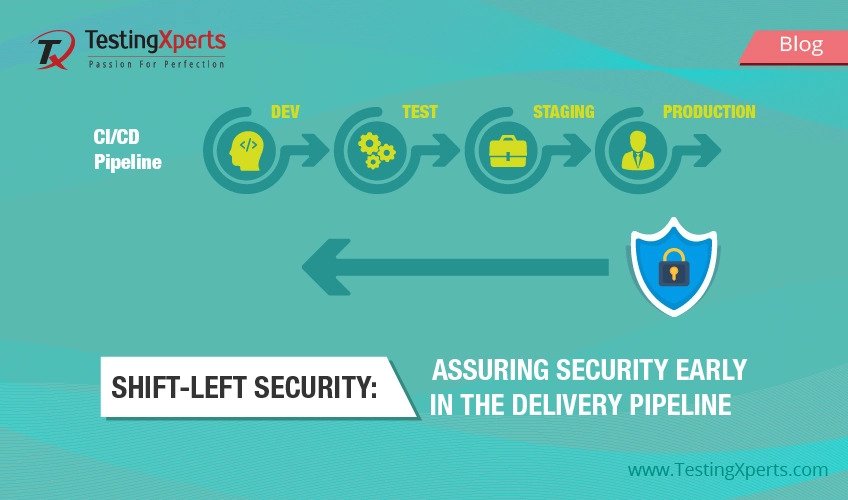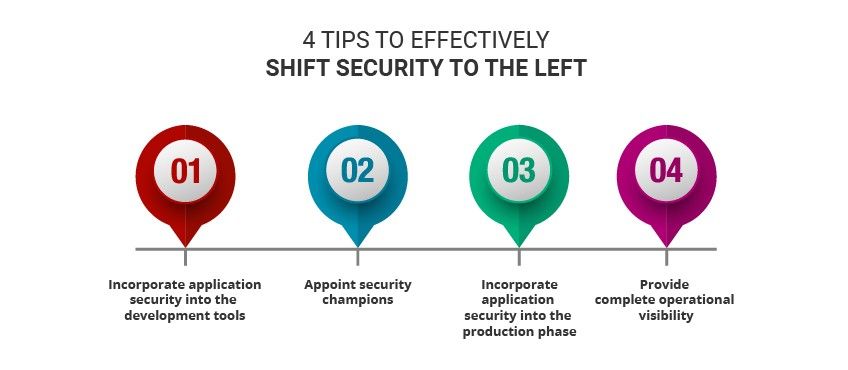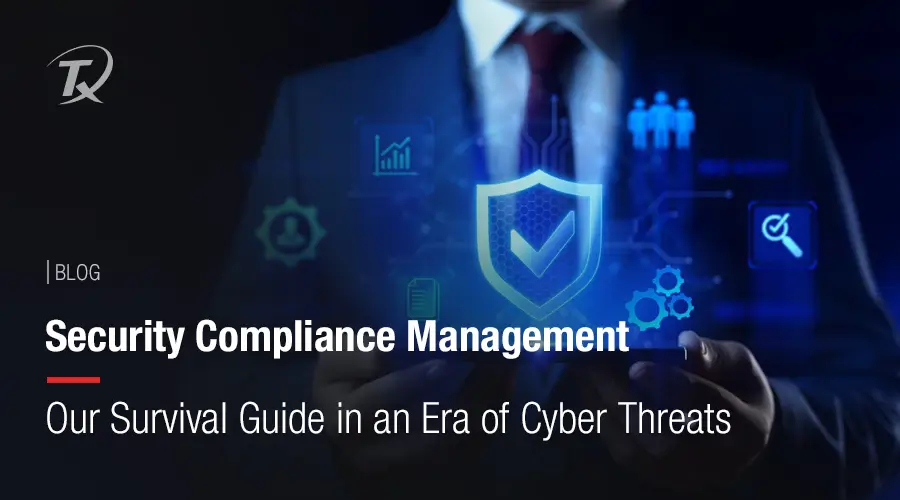
The advent of DevOps has made the concept of “shift-left” familiar to the software development and testing industry. However, the effectiveness of the shift left concept is not just limited to QA. Security teams can also benefit greatly from shifting security operations to the left.
- What is shift left?
- The Benefit of Shifting Left
- Why Shift-Left in Security?
- How to Effectively Shift Security to the Left?
- Conclusion
What is shift left?
Before penetrating into the details of shift-left security, let’s discover the shift-left concept and identify its importance.
Shift-left is a simple term for a complex task. Simply put, shifting left is positioning a process that is performed later in the development cycle to a point early in the delivery lifecycle. The main objective of the shift left concept is to start building more effective and easier-to-manage processes while also saving more time too.
The Benefit of Shifting Left
The traditional waterfall methodology taught us not to start the next step of the development cycle until the previous steps were accomplished; the real testing of the software was initiated after the development was completed. However, with the new shift left approach, testing is initiated with the development process itself. The traditional waterfall methodology could cause problems for an organization as the discovery of any major bugs at a later stage can activate the need for major code refactoring.
By addressing issues at the point of origin, shifting left clearly has a better ROI. In contrast to the traditional development method, there is a dedicated team for quality. The main objective of this mode of operation is to respond to issues, not necessarily preventing them.
Why Shift-Left in Security?
The benefits described are not just limited to the testing process but can also boost the security of an application. Shifting security left in the real world is like creating a fire escape strategy. In the software security world, it is a threat modeling plan before the coding begins, educating and training developers on securing the coding practices.
If the application is continuously assessed for security issues from the outset of development, it is extremely unlikely that a major security concern would arise toward the delivery pipeline. It is more likely that only trivial security distresses would exist as the application development process comes to closure. This is a direct outcome of placing discernibility into the application’s quality by constantly validating that security standards are being employed properly.
The objective is to move the application quality and security concerns closer to the developer, i.e. to the “left” of the delivery chain in order to avoid any potential issues and resolve them sooner, ideally before the code is finalized. Technology undoubtedly makes shift-left easier. However, it can only help in fighting half the battle.
How to Effectively Shift Security to the Left?
With the help of the shift-left security testing approach, software is developed with security as a design principle and software-defined platforms as enablers. This helps in implementing cutting-edge testing methods and eventually performing the end-to-end investigations. More importantly, it creates longer-lived and more secure software. Here are our 4 tips to effectively shift security to the left.
1. Incorporate application security into the development tools
Incorporate security evaluations in the current development tools by integrating them with static analysis tools that automatically perform static analysis and code reviews.
2. Appoint security champions
Appoint or nominate developers (who have some interest in security) as security champions to promote the security message at a peer level.
3. Incorporate application security into the production phase
As security does not stop at the deployment level, a well-planned application security solution must facilitate closed-loop feedback from production. This feedback should be utilized to improve a shift-left security approach.
4. Provide complete operational visibility
Promoting team independence is important as it provides the teams with complete visibility to measure and evaluate the security compliance and risk.
The benefits of shift-left security are remarkable. As application development grows, it is easier to see why so many DevOps teams are shifting processes such as security and testing to the left in the delivery pipeline. Shift-left security pays for itself by averting security issues or helping developers to identify them early on.
Shifting security to the left comes with time-saving benefits such as early detection of bugs and security issues while making the development lifecycle safer and faster. It helps DevOps organization in releasing high-quality, secure applications quickly to the market.
Get in touch with TestingXperts’ Test Advisors to know how we can boost the security of your applications and offer faster time-to-market.
Discover more
Get in Touch
Stay Updated
Subscribe for more info






